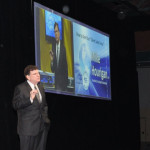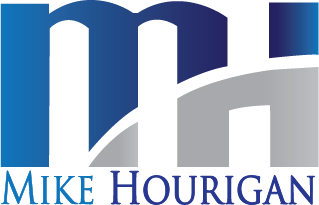 The first component of preparing to speak in front of a crowd at a convention, or within a business or organization, is to know your audience and to clearly comprehend the needs of the people or business you are working with.
The first component of preparing to speak in front of a crowd at a convention, or within a business or organization, is to know your audience and to clearly comprehend the needs of the people or business you are working with.
Keynote speakers do their homework beforehand to discern who will be in the crowd and then write their keynote speech or presentation with them in mind. If keynote speakers are speaking to a particular organization, it’s part and parcel of their professional career objectives, to make sure that they know the company’s mission and its stand on issues or elements that apply to the speech or presentation. The best way for keynote speakers to engage an audience is to speak in their language, not just literally, but culturally and expressively. If keynote speakers know what issues are at the forefront of the organization or the group’s minds, they can capture and hold the audience’s attention by working relevant examples, tools and techniques into the speech or presentation.
With this in mind, keynote speakers can start to craft their outline and original content for the perfect presentation, starting with formulating their speech ideas on paper. The first things most keynote speakers like to articulate is the main message or general theme they want to convey during the speech or presentation, to their audience. To put it simply, there should be a solid thesis that can easily be made into a one sentence description, defining the goal or mission of the speech or presentation. This main theme is often stated immediately at the beginning of the keynote speakers presentation as to provide the main objective to the group for the remainder of the session.
The next element of a keynote speakers “perfect speech” is the content – or the meat and potatoes of the main message. Extremely proficient keynote speakers – who have been in the business for a great deal of time and have learned from many years of experience — know that a good speech is like a novel, with an opening that immediately grabs the listeners attention, rising action during the middle of the speech that continues to keep the audience engaged, and a climatic and memorable conclusion that satisfies the ending of the session.
One strong note throughout the keynote speakers speech ought to be focused on information that illuminates the core thesis or main message. Although that may seem like keynote speakers will have to clutter their material with facts and figures, charts and descriptions along with other tedious information – good keynote speakers know that all that extraneous information, sometimes, loses the audience. Most proficient and experienced keynote speakers know that choosing a handful of ways to illustrate the primary message of their talk – including, relevant stories, examples and anecdotes – will keep the audience’s attention. A well-timed anecdote can amuse and re-engage the audience, as well as clarify and reinforce the main message. Many keynote speakers incorporate personal stories of their clients or friends to engage their audience members’ curiosity and pique their interest.
Keynote speakers aim to inspire their audience, but most importantly, they aim to instruct, engage and equip their audience with the tools they need. At the foundation of every good speech or session, keynote speakers strive to educate, persuade and entertain their crowd of listeners.
